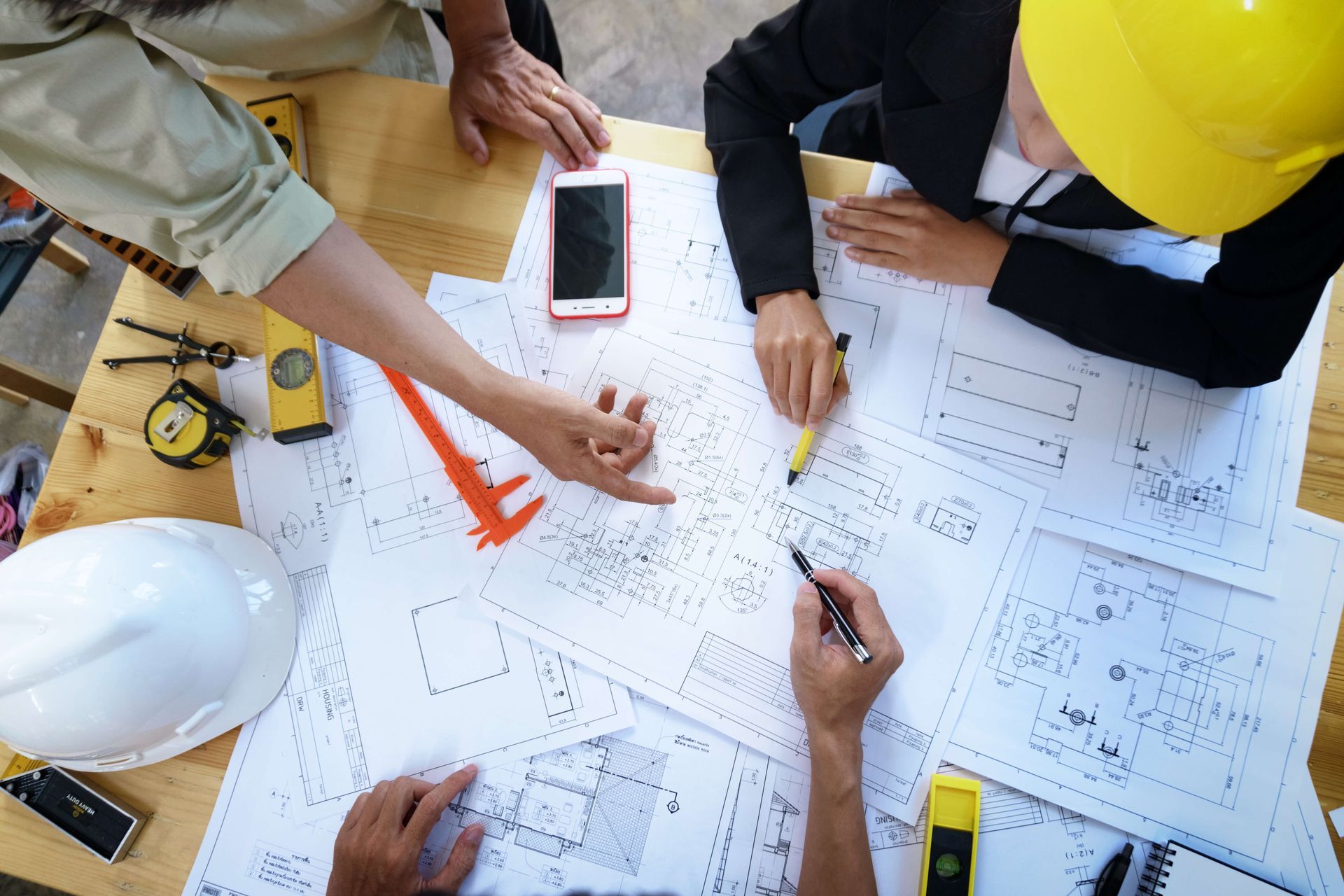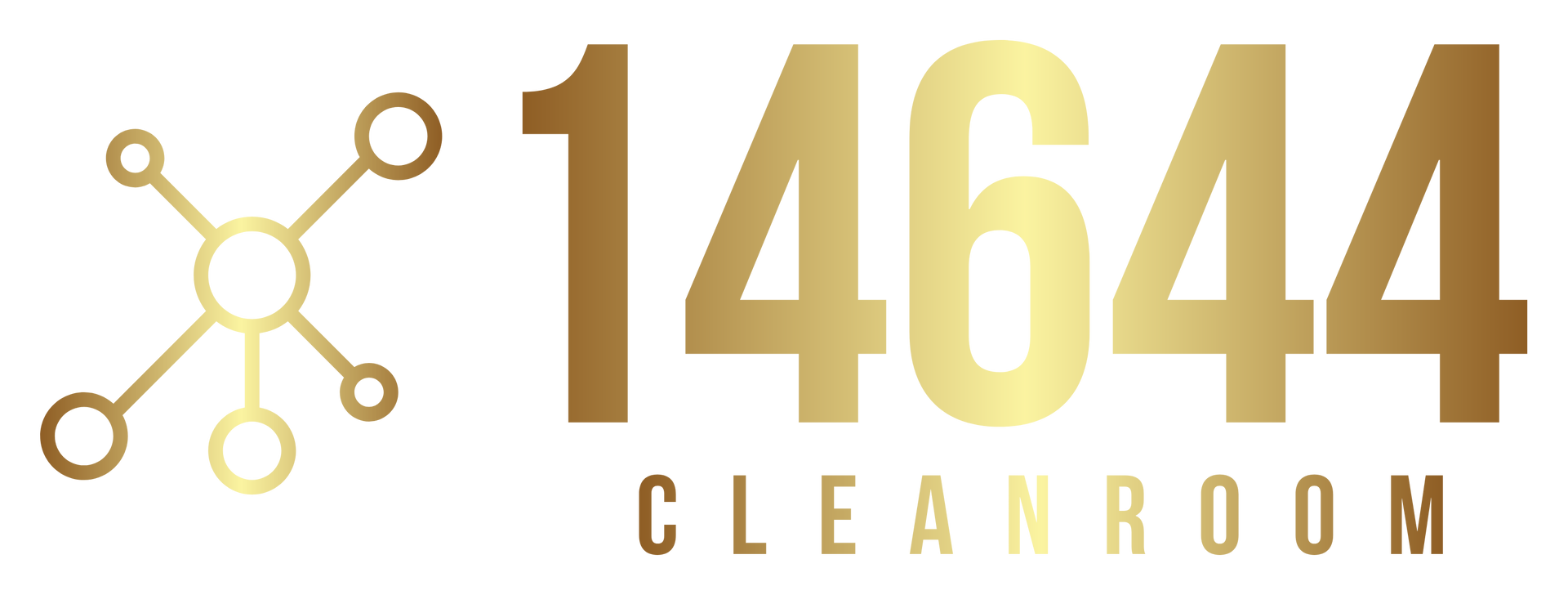HEPA and ULPA Filters: Critical Technologies in Cleanroom Environments

Introduction
In the precise world of cleanroom environments, where the smallest particles can lead to the failure of complex manufacturing processes or compromise product sterility, air filtration plays a crucial role. High-Efficiency Particulate Air (HEPA) and Ultra-Low Particulate Air (ULPA) filters are the cornerstones of effective cleanroom contamination control, protecting products and processes from particulate pollutants. This article offers a detailed examination of how these filters work, their applications in various industries, and best practices for their maintenance and testing.
Understanding HEPA and ULPA Filters
- HEPA Filters: Defined by their ability to trap 99.97% of particles that are 0.3 microns in diameter, HEPA filters are made from dense sheets of fiber (usually composed of fiberglass) arranged in a random matrix. The size of 0.3 microns is targeted because it represents the Most Penetrating Particle Size (MPPS), which is the most difficult size to filter out effectively. Particles that are larger or smaller than 0.3 microns are trapped with even higher efficiency due to mechanisms like impaction, interception, and diffusion.
- ULPA Filters: With an even higher standard, ULPA filters can remove at least 99.999% of dust, pollen, mold, bacteria, and any airborne particles with a size of 120 nanometers (0.12 microns) or larger. The increased density of the fibers in ULPA filters makes them suitable for environments where extremely low levels of particulate contamination are required.
Mechanisms of Filtration
The filtration mechanisms for HEPA and ULPA filters are a complex interaction of several physical processes:
- Interception: Particles following a stream of air come within one radius of a fiber and adhere to it.
- Impaction: Larger particles are unable to avoid fibers because of their inertia and are embedded directly into the fiber.
- Diffusion: Smaller, ultrafine particles move erratically, which increases the probability of hitting a fiber.
- Sieving: This happens when particles are larger than the spaces between fibers.
These mechanisms ensure that HEPA and ULPA filters provide superior performance in critical environments where air purity is a non-negotiable aspect.
Applications in Industries
HEPA and ULPA filters find applications in various high-stake environments beyond traditional cleanrooms:
- Pharmaceuticals: Ensuring the sterility of pharmaceutical products, especially in aseptic processing and filling areas.
- Electronics and Semiconductors: Preventing particulate contamination in the fabrication of semiconductor chips, where even the smallest particle can cause defects.
- Biotechnology and Healthcare: Providing sterile environments for the production of biotech products and in hospitals to reduce the spread of airborne diseases.
- Aerospace and Optical Industries: Utilized in the manufacturing of aerospace components and optical devices which require very low levels of dust and other contaminants.
Installation and Operational Considerations
When installing HEPA and ULPA filters, several factors must be considered to maintain their efficacy:
- Airflow and Load Capacity: The filters must be matched with the HVAC system to handle the appropriate volume and speed of airflow without compromising the integrity of the filter media.
- Sealing and Framing: Proper sealing and secure framing are essential to prevent bypass air, which would allow unfiltered air to enter the cleanroom environment.
Maintenance and Testing
To ensure ongoing performance, HEPA and ULPA filters require regular maintenance and testing:
- Integrity Testing: Performed using a photometer or aerosol generator and detector to verify that there are no leaks or integrity issues with the filter installation.
- Load Testing and Replacement: Filters should be tested for pressure drop and loading to determine when replacement is necessary. This is critical to not exceed the filter's capacity, which can reduce its efficiency and increase operational costs.
- Regular Inspections: Visual inspections and checking for seal integrity can help catch issues before they lead to contamination problems.
Conclusion
HEPA and ULPA filters are pivotal in maintaining the critical environments necessary for high-quality production in various sensitive and high-precision industries. Understanding their function, proper installation, and diligent maintenance are key to ensuring these filters perform their role effectively, maintaining the sterile and contaminant-free conditions required in cleanrooms around the globe.
As industries continue to advance, the role of these advanced filtration systems remains central to achieving the highest standards of cleanliness and operational excellence.
Read more: All About Cleanrooms - The ultimate Guide






